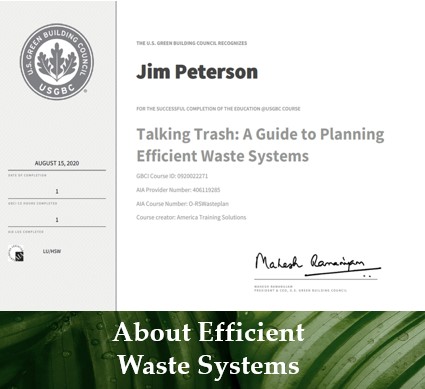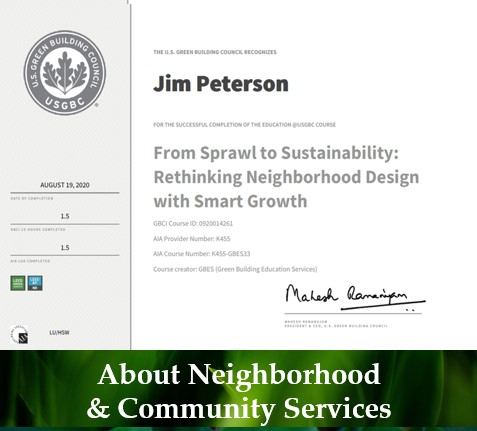

PROJECT DETAILS
When we talk about “neighborhood’ development, we first look at Traditional Neighborhood Development, which refers to the development of a complete neighborhood or town planning principle. This may occur in infill setting and involve adaptive reuse of existing building, but often involves all-new construction on previously undeveloped land. We look beyond the scale of building to consider entire communities.
The ‘built environment’ that makes up your neighborhood consists of housing, infrastructure, streets and roads, electrical and communications services and all influences how you manage and avail yourself to health, comfort, access to employment opportunities and other physical activities. Your neighborhood also is made up of the socio-demographic composition of neighborhoods and the residents. Where you live, has a major impact on the health and well-being of the people living in the neighborhood. Statistic have shown that ‘stable, affordable housing’ can be and is a vital link in determining the health of the neighborhood. Studies have also shown that a child’s success in school is dramatically influenced by having a affordable home, that is safe, decent and stable as well. Characteristics that define the health of a neighborhood include the amount of public and open spaces, availability of resources, infrastructure facilities, environmental noise, air pollution, crime and violence, social capital, socioeconomic status.
Then when we introduce Transit Oriented Development or TOD’s we are adding the creation of compact, walkable, pedestrian-oriented, mixed-use communities centered around high-quality train systems. Community development activities build stronger and more resilient communities. HUD contributes to Neighborhood Development by supporting community development once identified through an ongoing process. Some of those activities may address needs such as infrastructure, economic development projects, public facilities, community centers and housing rehabilitation. Next, we add in the component of “economic development” which is a critical component that drives economic growth in an economy because we know that building and sustaining the economy of neighborhoods is a critical component of a successful community.
Your Neigborhood
Economic Development is when resources and services are distributed and available across a particular neighborhood or geographic region. We, at 1st POSS, recognize the vital role these services play in not only creating a successful Neighborhood Development but also the role these services contribute to the sustainability of the development once the efforts have been put in to develop it. An economic system is comprised and structured by many institutions, entities, types of business and decision-makers as well as patterns of consumptions, that all lead to the structure of the community. Each community has its own distinguishing characteristics with some basic features, but it’s the uniqueness of each that determines its place in the region. While the Economic System is based on goods, services, this ‘concept’ and design practice also makes neighborhoods welcoming to pedestrians and bicyclists and contribute to the community’s vitality.
The ’vitality’ of a community shows up in the creation of a range of housing types, a linkage of well-connected streets and blocks with a variety of public spaces. It includes a good mix of stores, neighborhood stores and other community services within walking distance for residents. Neighborhood development incorporates different architectural styles and not necessarily exclusively just traditional aesthetic but preserving structures of historical or architectural significance. Like an urban community, Neighborhood Development are human-centered communities that focuses on creating sustainable, healthy environments where residents interact safely and easily with each other and provide them with an active lifestyle.
